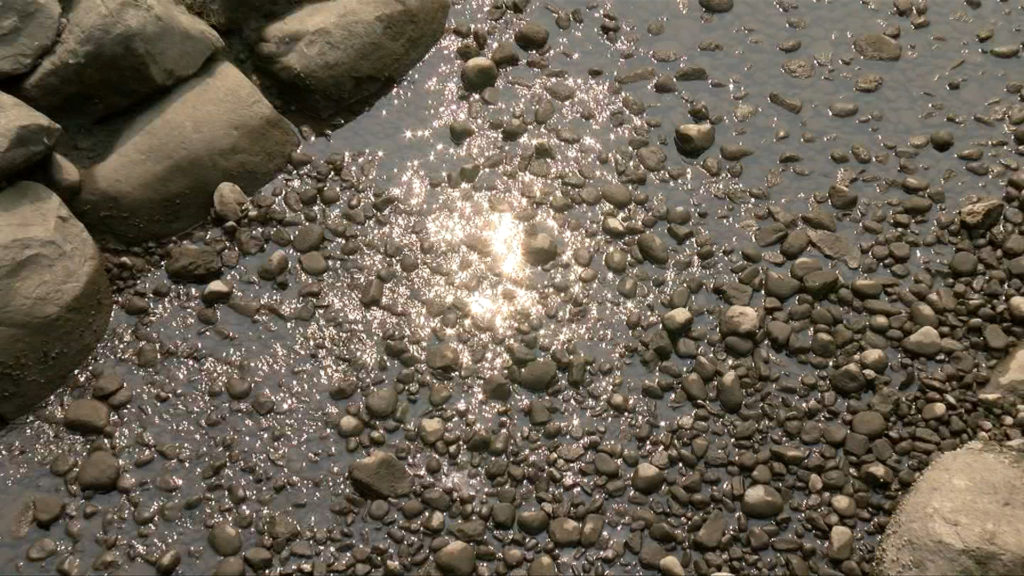
An unusually dry, warm stretch of late summer and early fall weather has prompted B.C.’s forests ministry to increase the drought rating for Vancouver Island.
Along with the east and west Vancouver Island basins, the Fort Nelson, Sunshine Coast and Lower Mainland basins were also raised last week to drought level 4 — the second-highest drought rating — meaning conditions are “extremely dry and adverse effects to socio-economic or ecosystem values are likely.”
Those in affected areas, including the Island, are being asked to reduce their water use whenever possible and observe all restrictions put in place by regional or local governments, with the ministry warning of possible water scarcity.
In the Capital Regional District, users remain under Stage 1 watering restrictions, though they are set to expire on Sept. 30, with the CRD noting that the local watersheds remain in good condition.
A Ministry of Forests spokesperson said that while B.C. has seen some “significant” drought seasons in recent years, including last year, rainfall in the early fall has typically led to conditions improving. The last time Level 4 drought conditions persisted into October was in 2018.
- A look at B.C.’s drought map shows Vancouver Island and other parts of the South Coast under Level 4 drought conditions. (B.C. Ministry of Forests)
Environment Canada says Vancouver Island has seen a much drier than normal summer following a cold, wet spring.
“We definitely started the summer off not dry. The first couple months, June and July, were wetter than normal across Vancouver Island,” meteorologist Alyssa Charbonneau told CHEK News Thursday.
“But we saw a real big shift as we moved into August, and august ended up being very dry — drier than normal — and actually ranked for a lot of places on Vancouver Island as one of the top five driest Augusts on record.”
At Victoria’s airport, that amounted to the fifth-driest August on record, as well as the third-driest in Nanaimo and Comox.
And it’s a trend that’s continuing into early fall, with a persistent ridge of high pressure keeping things dry on the Island.
Charbonneau said Victoria was on track to see the second-driest September on record, though she noted that was before 0.2 millimetres of rain fell on Wednesday. The Victoria-Gonzales station could see its driest month ever since records began in 1953.
“We’re not expecting much more rain,” said Charbonneau. “Looking into next week we’re still seeing things look dry, and in fact even looking past that, I was trying to see if we have any hint of a major change in the pattern on the way, and I really don’t see it happening just yet.”





